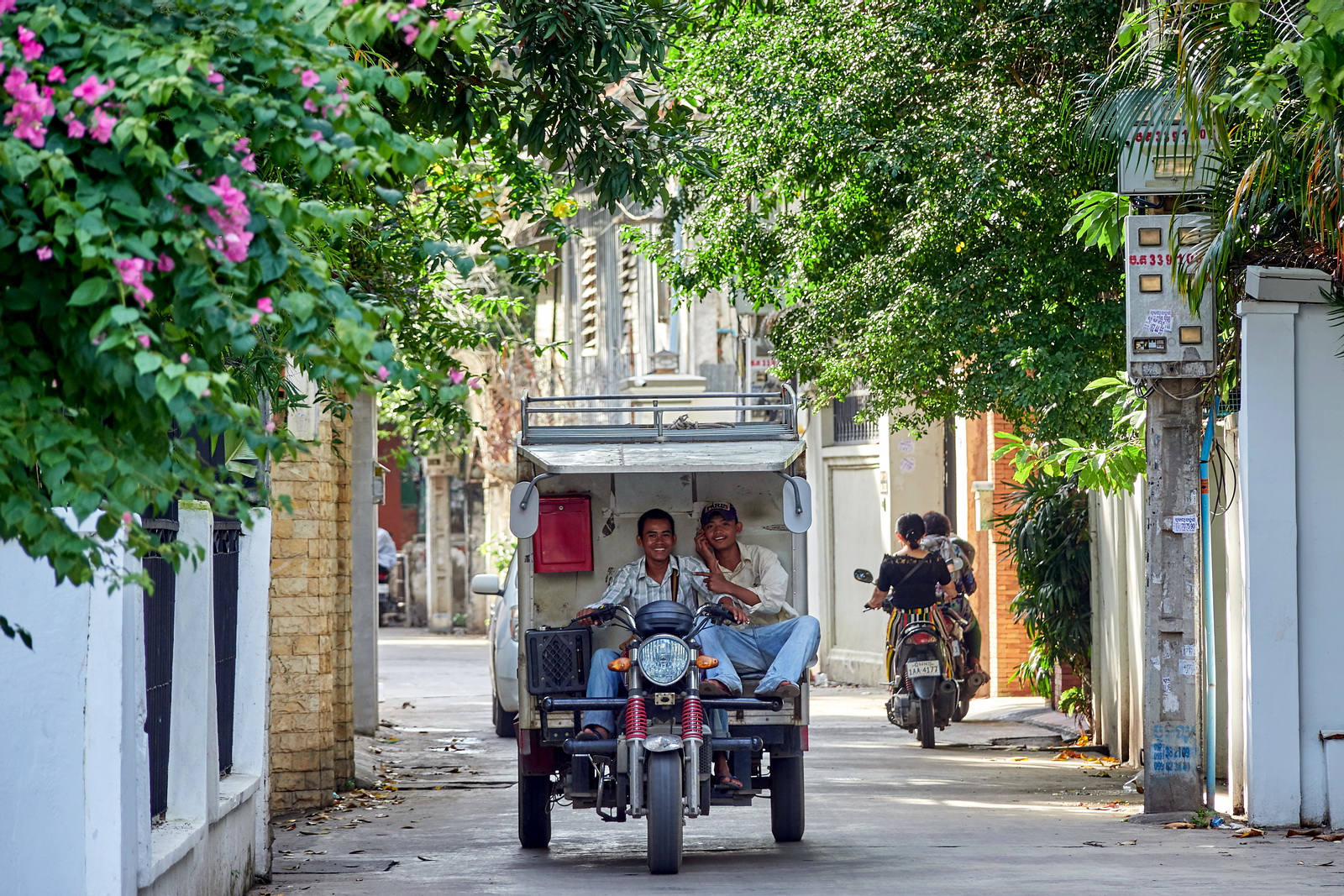In terms of optical performance, this was one lens that Olympus added the secret ingredients to create a superior zoom lens. Considering a massive zoom range of 12-100mm, from wide angle to telephoto end, the image output is incredibly sharp throughout the entire zoom. The lens can be seen as a two in one lens, typically a combination of both 24-70mm (or 24-105mm) and 70-200mm equivalent on full frame coverage. Certainly this lens is made in mind for those considering to own only one lens, and do not want to bother about changing lenses, or own and carry multiple lenses in the bag.
The 12-100mm is a PRO grade lens from Olympus, having full weather sealing and robust construction. It is not a small lens, but balances well with larger camera bodies such as E-M1X and E-M1 Mark II. The lens has built in 2-Axis Image Stabilization that works hand in hand with the camera's built in 5-Axis IS for a more effective 5-Axis Sync IS. Olympus claims about 7.5 EV stops of stabilization with the use on E-M1X, and 6.5 EV stops on E-M1 Mark II. I have tried the 12-100mm PRO lens on both cameras and can confidently verify the effectiveness of the image stabilization.
I have loaned the 12-100mm PRO lens multiple times from Olympus, and the best example I can show is a series of images shot in my Phnom Penh trip. I find that the lens in use with OM-D cameras such as E-M1 Mark II is just the right travel camera combo. You can almost do everything with this combo, unless you have specialized objectives, such as super wide landscape, or doing extreme telephoto shooting like wildlife or birding. In those cases the 7-14mm F2.8 PRO and 40-150mm F2.8 PRO with teleconverter, or 300mm F4 PRO would be necessary. Otherwise for simple street shooting and just documenting the journey, the 12-100mm F4 PRO is the best option to do everything.
If you compare the 12-100mm PRO against other prime lenses, you will see the image quality is very similar, even if there is a difference it is difficult to tell. I am not denying the advantage of wide open brighter apertures of F1.8, or even F1.2 lenses. Certainly, better ability to render background blur and also shooting in low light are the key points of choosing prime lenses. In terms of optical performance, that 12-100mm F4 PRO is nothing short of impressive, going head to head with prime lenses.
Not only is the lens super sharp, there is no noticeable distortion and CA. (probably software corrected). I find there is very little to complain about the lens.
I can see a few reasons why some people may not find the Olympus 12-100mm PRO a compelling choice. If you want to minimize your camera footprint, say you have an Olympus PEN camera, attaching the 12-100mm PRO will throw the combo out of balance, and the package is not exactly compact anymore. To keep the gear relatively small and light, smaller prime lenses and the pancake zoom lens work better, to shave as much weight as possible. Also, those who are constantly shooting in low light conditions, the F4 brightest aperture may not be sufficient to gather enough light. I won't talk about shallow depth of field rendering, because if having background blur effect is your main concern, why are you using Micro Four Thirds?
For those of you who own or have used the Olympus 12-100mm F4 IS PRO, do share your experience using the lens!
Please support me and keep this site alive by purchasing from my affiliate link at B&H.


















Hi Robin, my name is Emiliano and I really admire the way you spread photographic culture in general and insights into Olympus products (now OM System) in particular.
ReplyDeleteI am an amateur photographer, and sometimes I am called to perform services at ceremonies and parties, such as baptisms and birthdays and, in this case as a second photographer, at weddings.
You must know an important thing about me, which is the reason for my need to ask you for advice: at the age of 17 (now I'm 43) I had a serious motorcycle accident, and since then my right arm and hand are no longer working. Practically today I photograph with a heavy Nikon SLR, alternating a 50mm to 18-105 and 70-300 zoom.
Unfortunately there are no left-handed cameras, and I am forced to uncomfortable positions to operate the shutter button. Also, when shooting with a single hand, even using stabilized lenses and safety times, I often don't get sharp photos. Not to mention the difficulty I encounter when I have to quickly change lenses.
So, here I am at the heart of the matter: the zuiko 12-100 f4 pro, combined with a camera body like the e-m1 mark *, according to your experience, will allow me to obtain clear photos along the entire focal length, of sufficient quality for be used for work and not just for hobbies?
Thank you very much for taking the time to answer me, and I hope you will soon come to Italy to hold some workshops.
With admiration, Emiliano Corlito